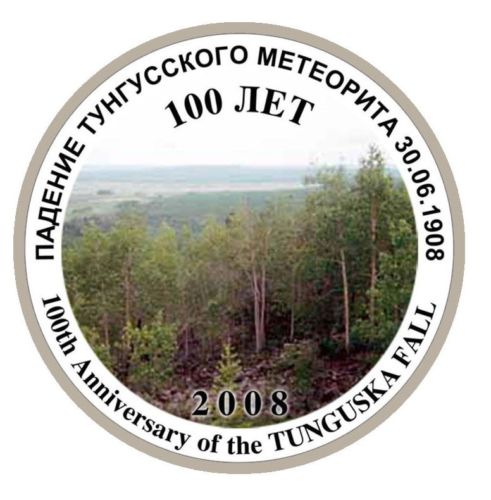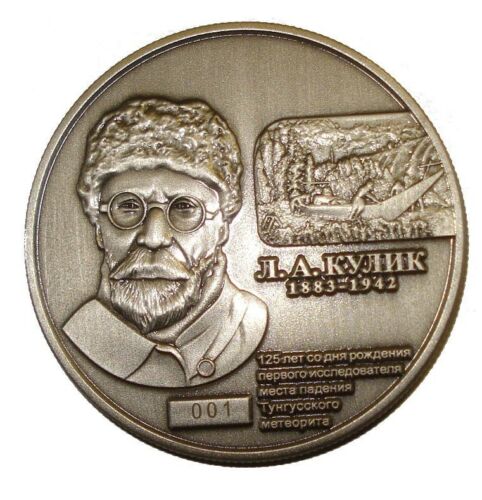Additional Information
The famous and may be the largest cosmic event on the Earth within latest 1000 years or more is Tunguska fall in Russia in 1908! Krasnoyarsk region, Siberia, Russia. Fell: 1908 June 30
A great meteorite event occurred in Siberia. A lot of trees were tilted or broken by the explosion in the atmosphere. But no meteorite was found till now.
In the summer of 1957, while studying samples of soil brought by L.A. Kulik's expeditions in the years 1929-1930 from the place of the Tunguska Meteorite (U.S.S.R.) fall, A. A. Yavnel', of the Committee on Meteorites, U.S.S.R.. Academy of Sciences, discovered particles of meteoritic and meteoric dust.
The particles of the meteoritic dust are small laminae with sharp corners, chips or pieces measuring a fraction of a millimeter or more, and are the result of the crushing of the meteorite during its fall (explosion). Spectrographic and microchemical analyses showed iron with 7 to 10 per cent nickle content and approximately 0.7 per cent cobalt. The composition and presence of some dust particles clearly shaped as little columns prompt the suppostition that the Tunguska meteorite is of the iron, octahedrite class.
The particles of dust are regular black globules (probably magnetite) 0.03 to 0.06 mm in diameter. So far only nine globeles have been discovered and since there are very few of them, a detailed analyses have not been made. The globules are the result of melting of meteoritic matter during passage through the earth's atmosphere, and were part of the smoke-train of fire-ball that settled on the earth's surface and became mixed with the soil.


In 2008 hundred years passed from the event.
One side of the coin-medal is showing a portrait of Kulik - the first scientist who made several expeditions (first 1927) to the site, and studied the event. He was born in 1883, so in 2008 it was 125 year celebration of his birth. One of his boats that was used during one of the Tunguska expeditions is shown also. The other side show the modern view of the site. Two languages are used on the coin - Russian and English.
It is a limited edition of 1000 coins only. All the medals are numbered. The diameter of the coin is 2 inches = 5.1 cm.